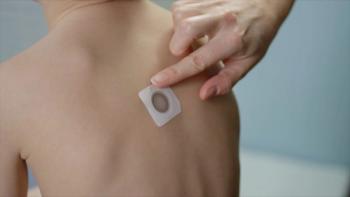
Early adolescence is ideal time to check adherence to blood glucose monitoring
Early adolescence appears to be an important time to review the importance of frequent blood glucose monitoring in type 1 diabetes. Find out why adherence behavior at puberty could have consequences for glycemic control through adolescence.
Early adolescence appears to be an important time to review the importance of frequent blood glucose monitoring in children with
It is during this time that adherence to frequent blood glucose monitoring declines, as well as control of hemoglobin
The
An increase in HbA1c was associated with a decrease in blood glucose monitoring frequency, after controlling for covariates. The average trajectory of the HbA1c was 8.2% at baseline, which increased by 0.4% over the 2 years to 8.6%. The average trajectory for frequency of blood glucose monitoring was 4.9 checks per day at baseline, which fell by 0.4 checks per day, yielding a final value of 4.5 checks per day. The standard of care for blood glucose monitoring is 4 to 6 checks per day across the 3 sites participating in the study.
One less check in blood glucose per day over the 2-year period predicted a 1.26% increase in HbA1c.
Based on these results, preventive intervention targeted toward preserving blood glucose monitoring frequency should begin in early adolescence, the researchers believe. Those youths who demonstrate reduced frequency of monitoring are the ones who can be targeted for intensive intervention.
Newsletter
Access practical, evidence-based guidance to support better care for our youngest patients. Join our email list for the latest clinical updates.







